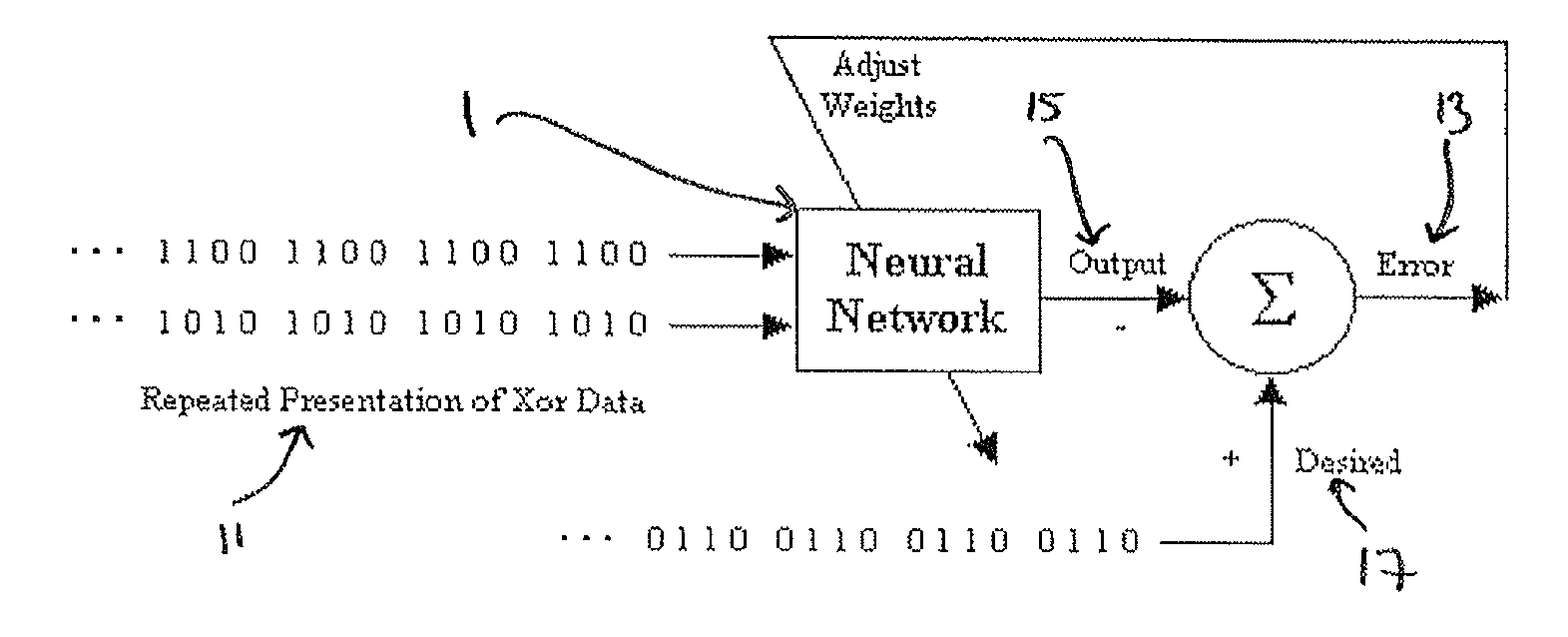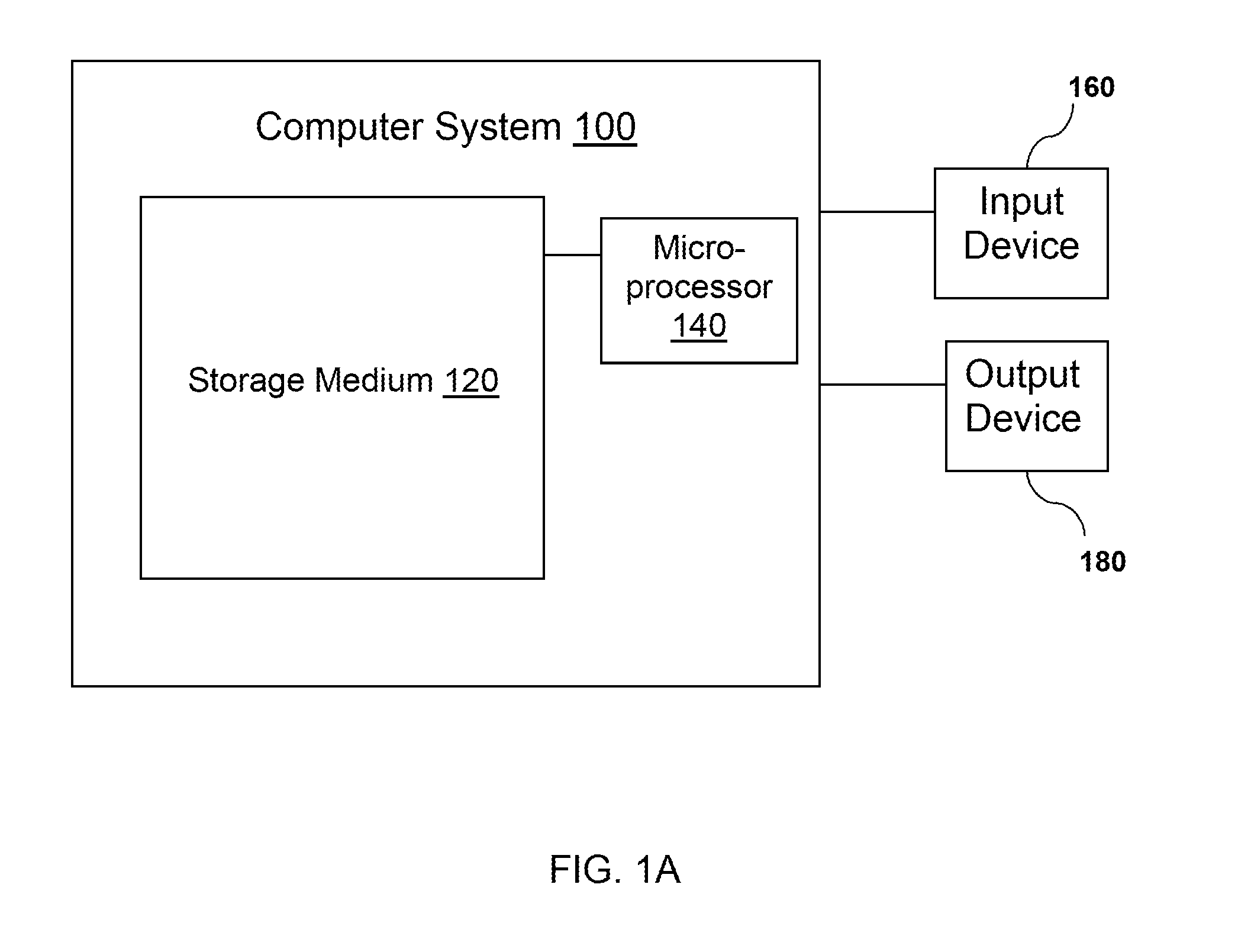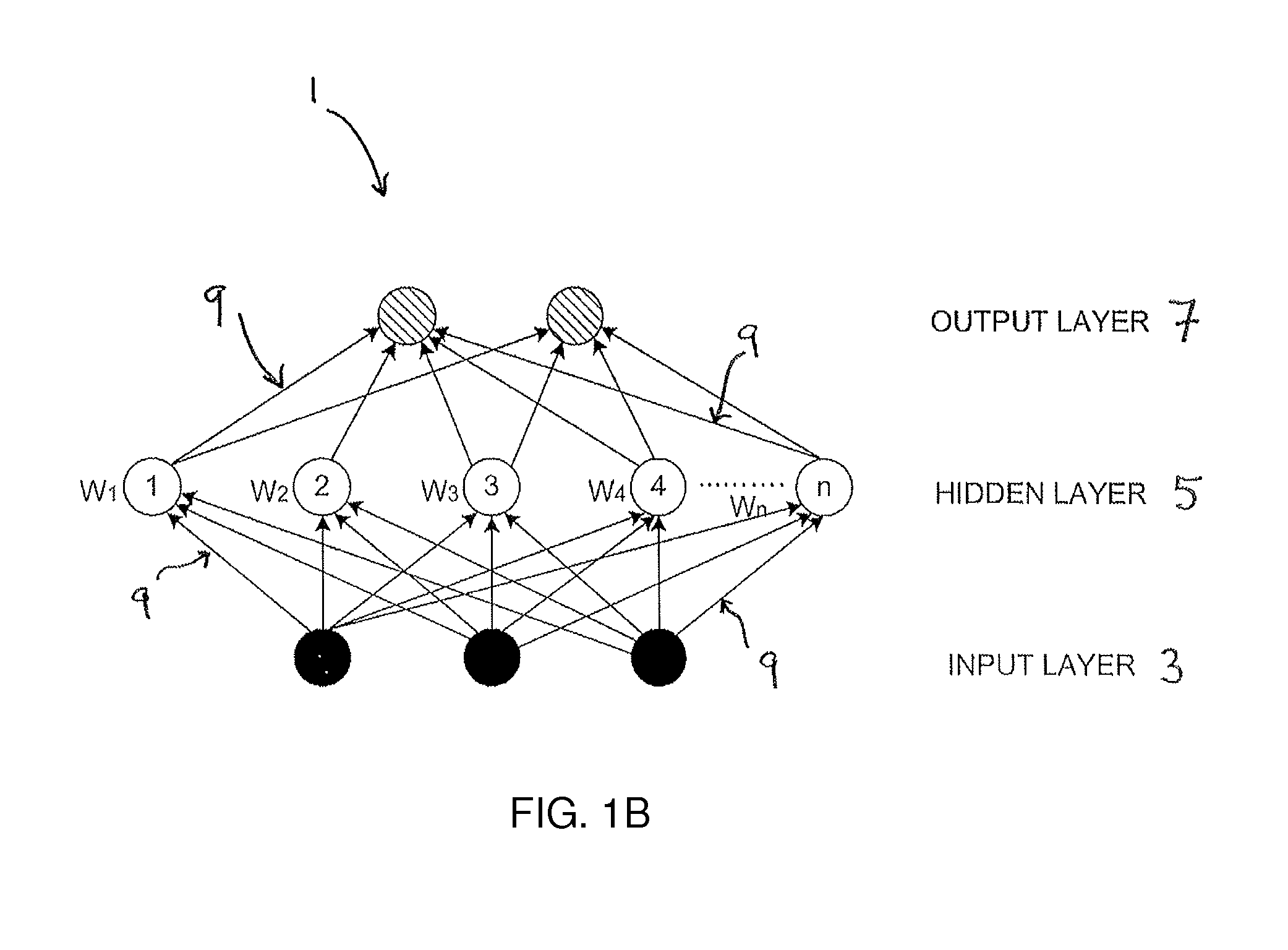Time to event data analysis method and system
a data analysis and event technology, applied in the field of data analysis, can solve the problem that parameters are likely to have a lower performance when classifying unseen data/cases
- Summary
- Abstract
- Description
- Claims
- Application Information
AI Technical Summary
Benefits of technology
Problems solved by technology
Method used
Image
Examples
example 1
[0106]A computational approach was taken to analyze genomic data in order to identify genes, proteins or gene / protein signatures, which correspond to prognostic outcome in patients with cancer. Genotypic, and subsequently phenotypic traits determine cell behaviour and, in the case of cancer, govern the cells' susceptibility to treatment. Since tumour cells are genetically unstable, it was postulated that sub-populations of cells arise that assume a more aggressive phenotype, capable of satisfying the requirements necessary for invasion and metastasis. The detection of biomarkers indicative of tumour aggression should be apparent, and consequently their identification would be of considerable value for early disease diagnosis, prognosis and response to therapy.
[0107]The present inventors have developed a novel method for determination of the optimal genomic / proteomic signature for predicting cancer within a clinically realistic time period and not requiring excessive processing power...
example 2
Breast Cancer Prognostic Method and Panel Using a Continuous Output from the ANN
Introduction
[0158]Molecular diagnostics for the diagnosis of disease are becoming increasingly important in the early diagnosis and management of disease, the stratification of patients in clinical trials and the identification of patients who should receive certain therapies.
[0159]Before the advent of molecular diagnostics, clinicians categorized cancer cells according to their pathology, that is, according to their appearance under a microscope. Now taking data from new disciplines such as, genomics and proteomics; molecular diagnostics categorizes cancer using technology such as mass spectrometry and transcriptomic gene chips. Molecular diagnostics have been used most extensively in the field of cancer but increasingly are also being used in most clinical indications of disease.
[0160]Molecular diagnostics determines how genes and proteins are interacting in a cell. It focuses upon patterns of gene and...
PUM
| Property | Measurement | Unit |
|---|---|---|
| mass | aaaaa | aaaaa |
| time | aaaaa | aaaaa |
| time | aaaaa | aaaaa |
Abstract
Description
Claims
Application Information
 Login to View More
Login to View More - R&D
- Intellectual Property
- Life Sciences
- Materials
- Tech Scout
- Unparalleled Data Quality
- Higher Quality Content
- 60% Fewer Hallucinations
Browse by: Latest US Patents, China's latest patents, Technical Efficacy Thesaurus, Application Domain, Technology Topic, Popular Technical Reports.
© 2025 PatSnap. All rights reserved.Legal|Privacy policy|Modern Slavery Act Transparency Statement|Sitemap|About US| Contact US: help@patsnap.com



